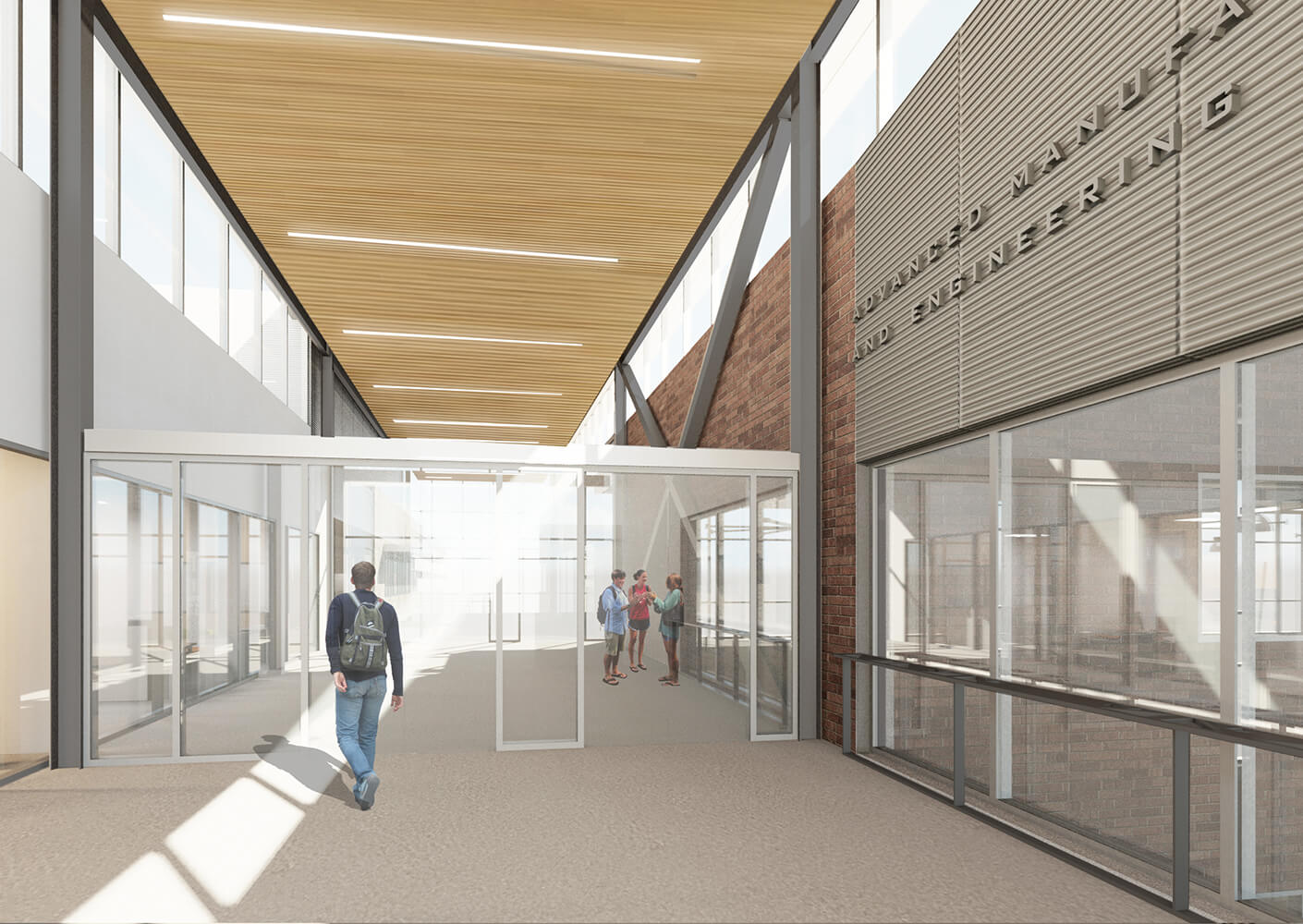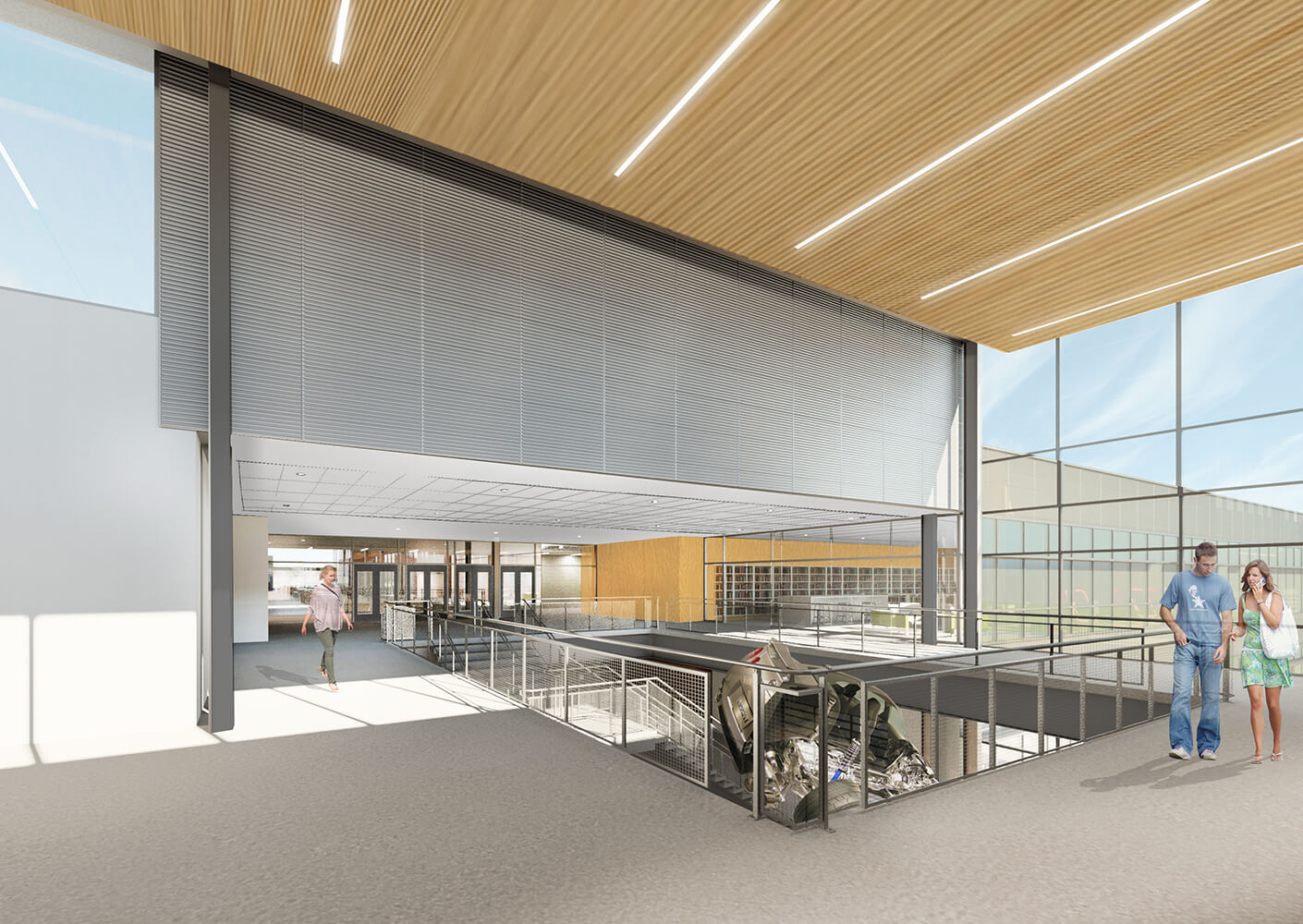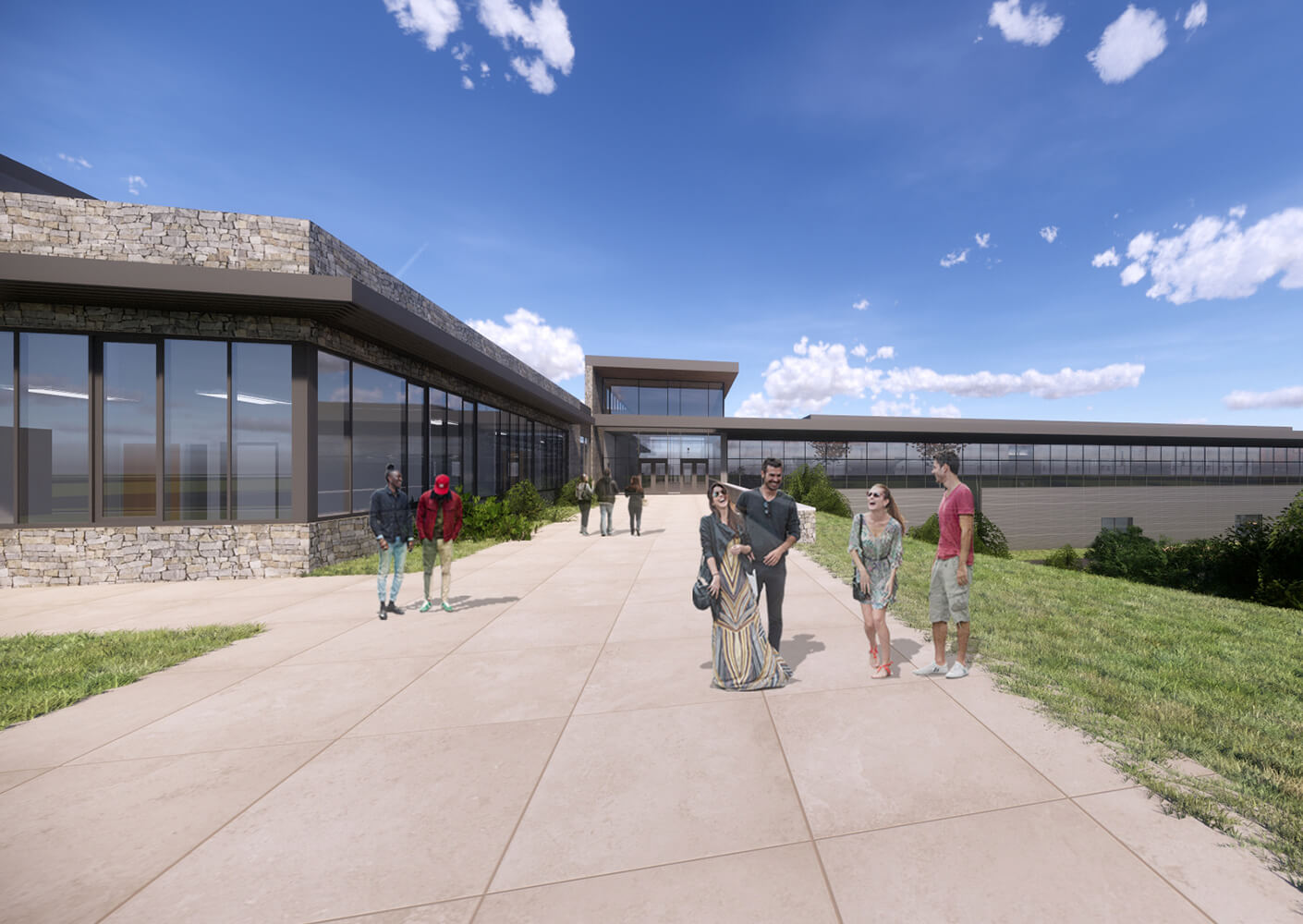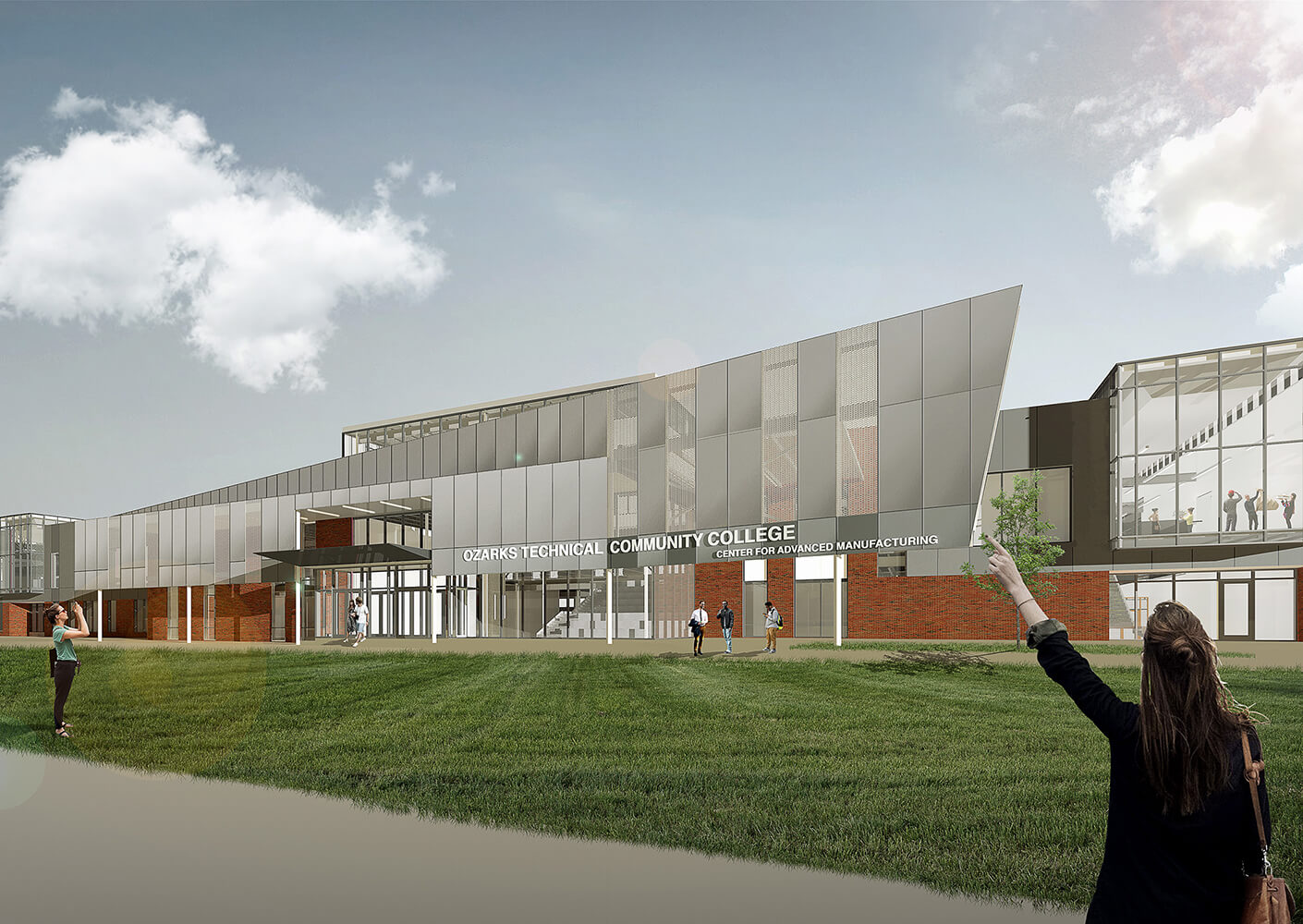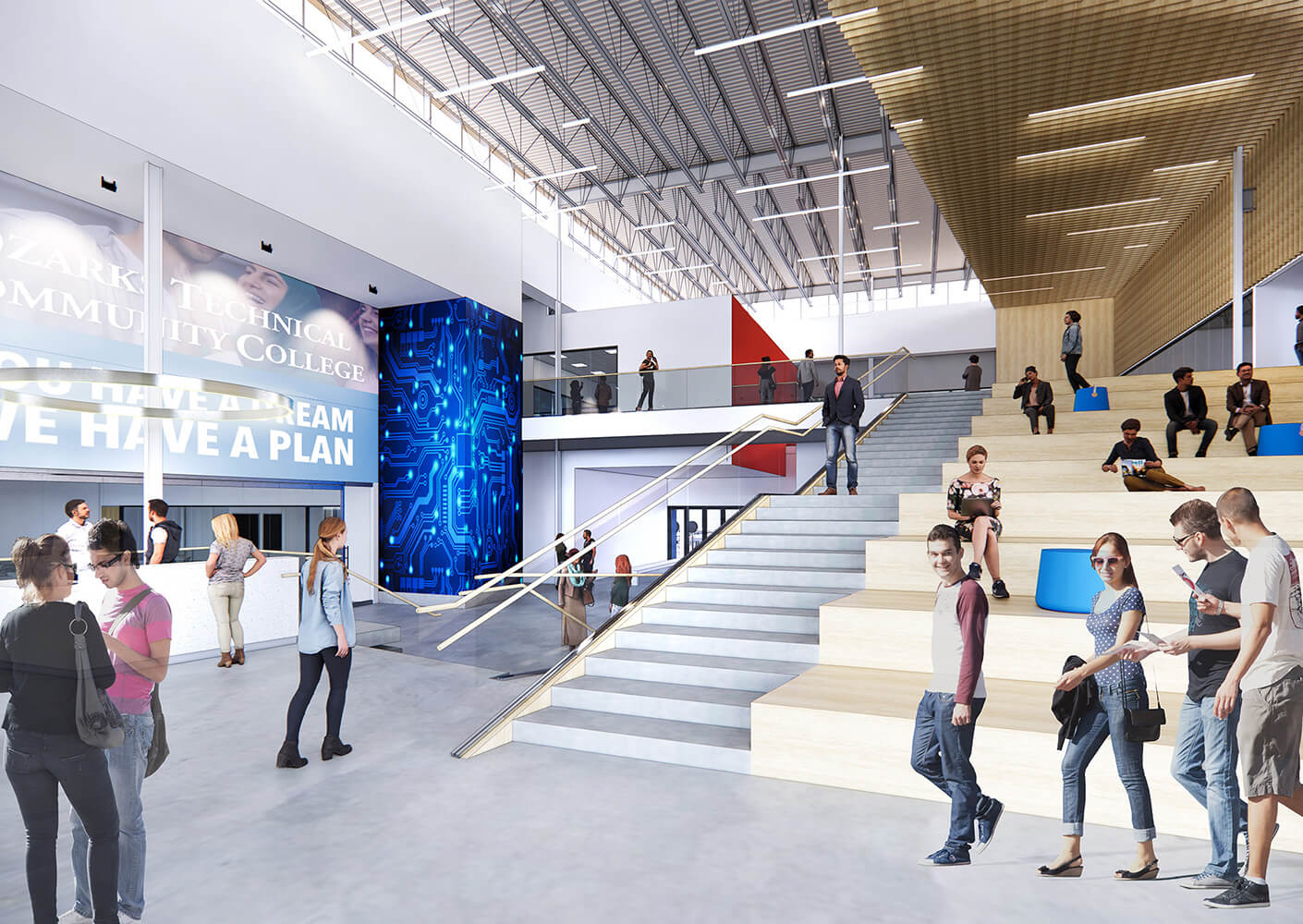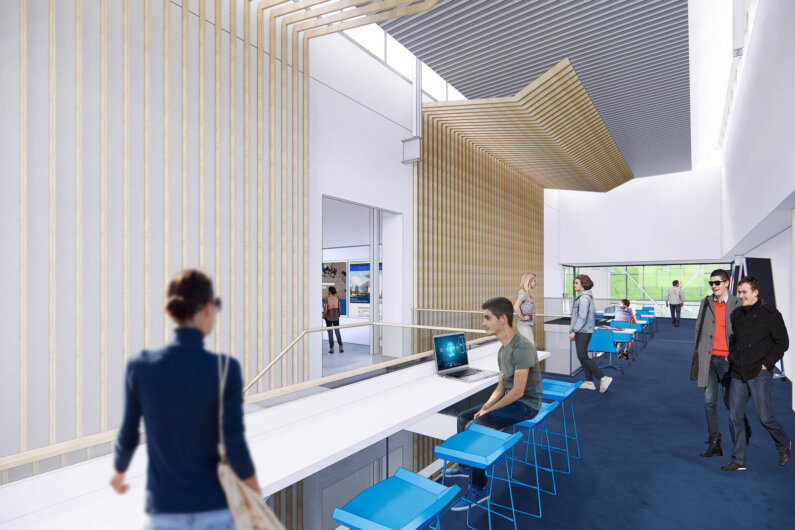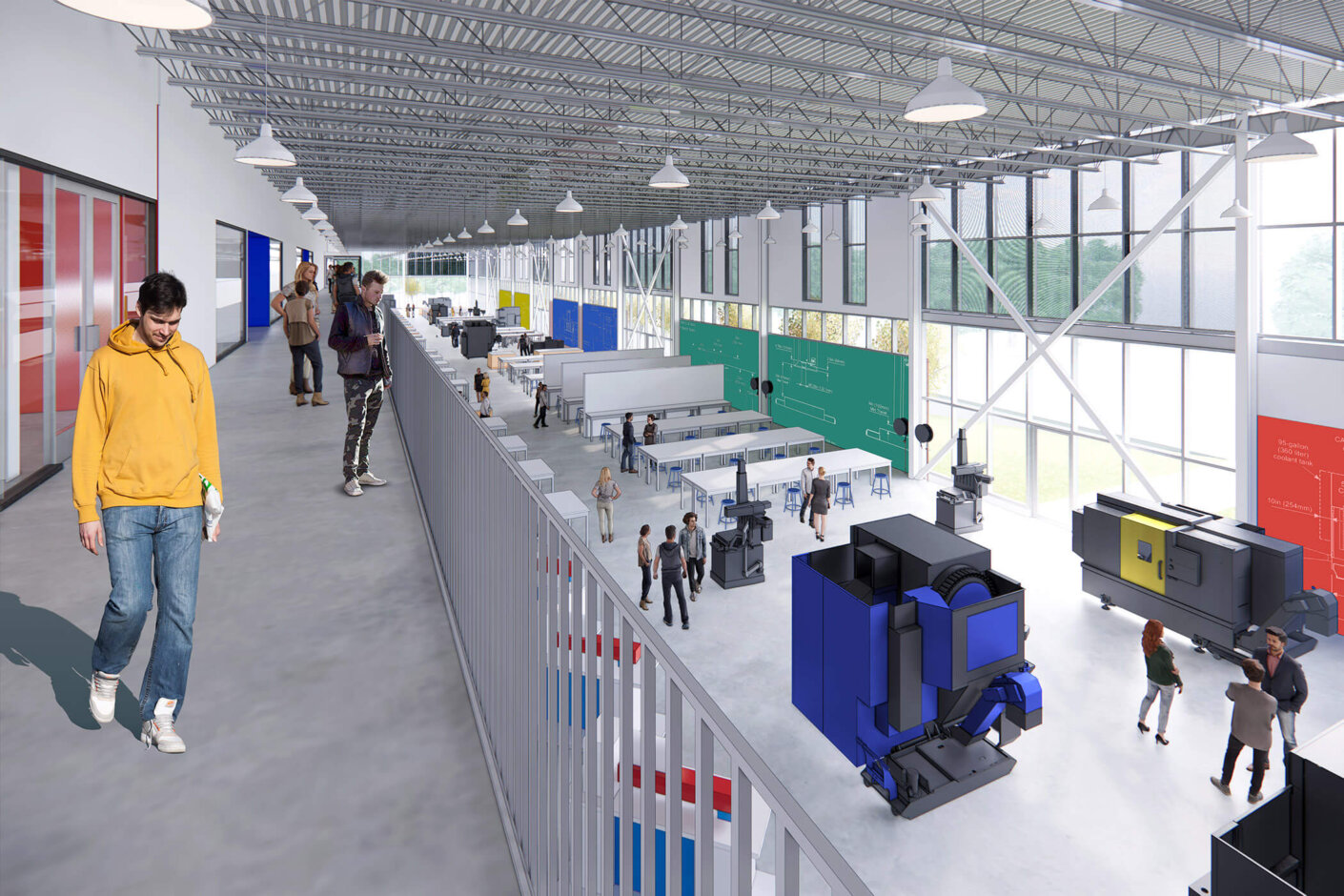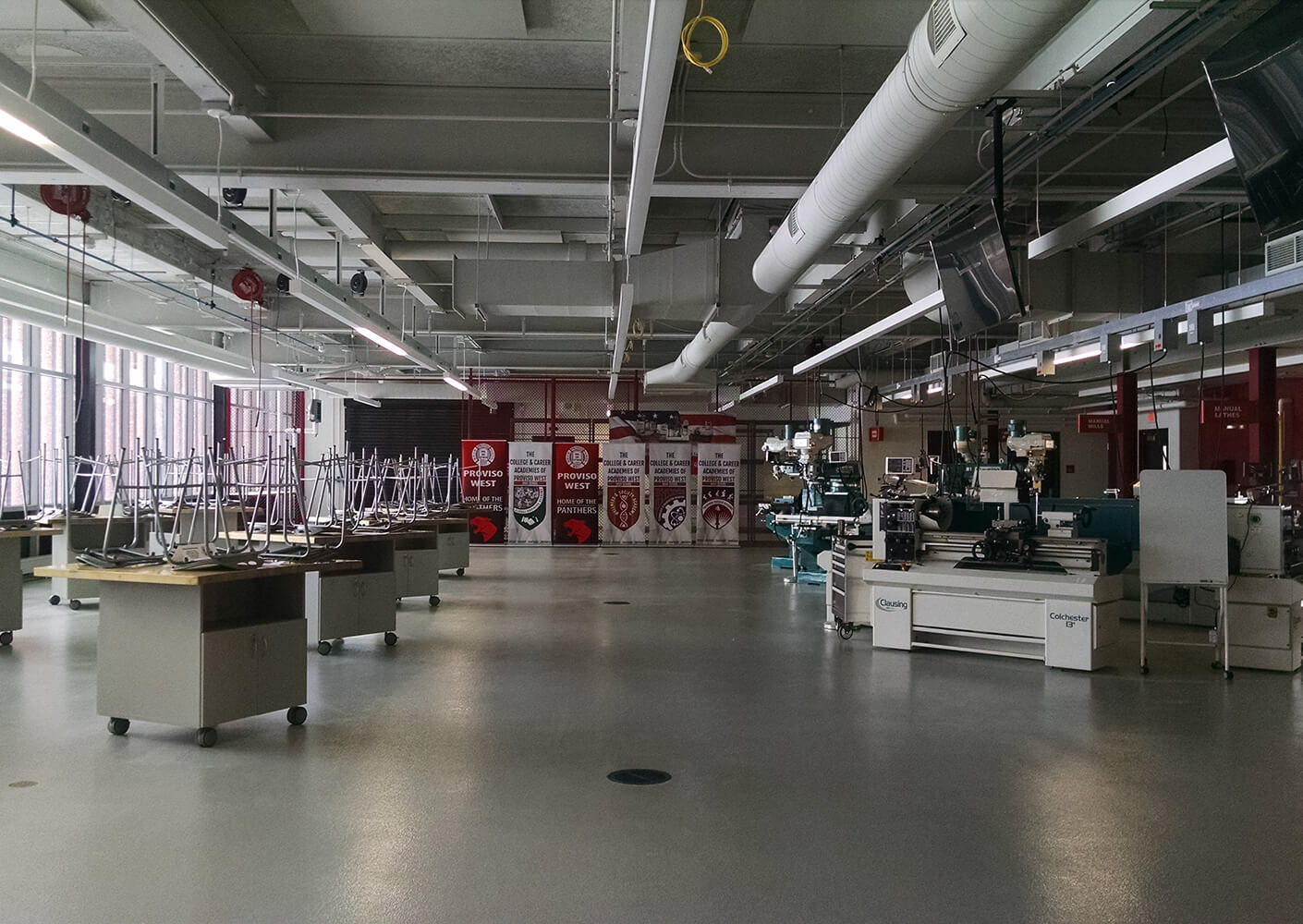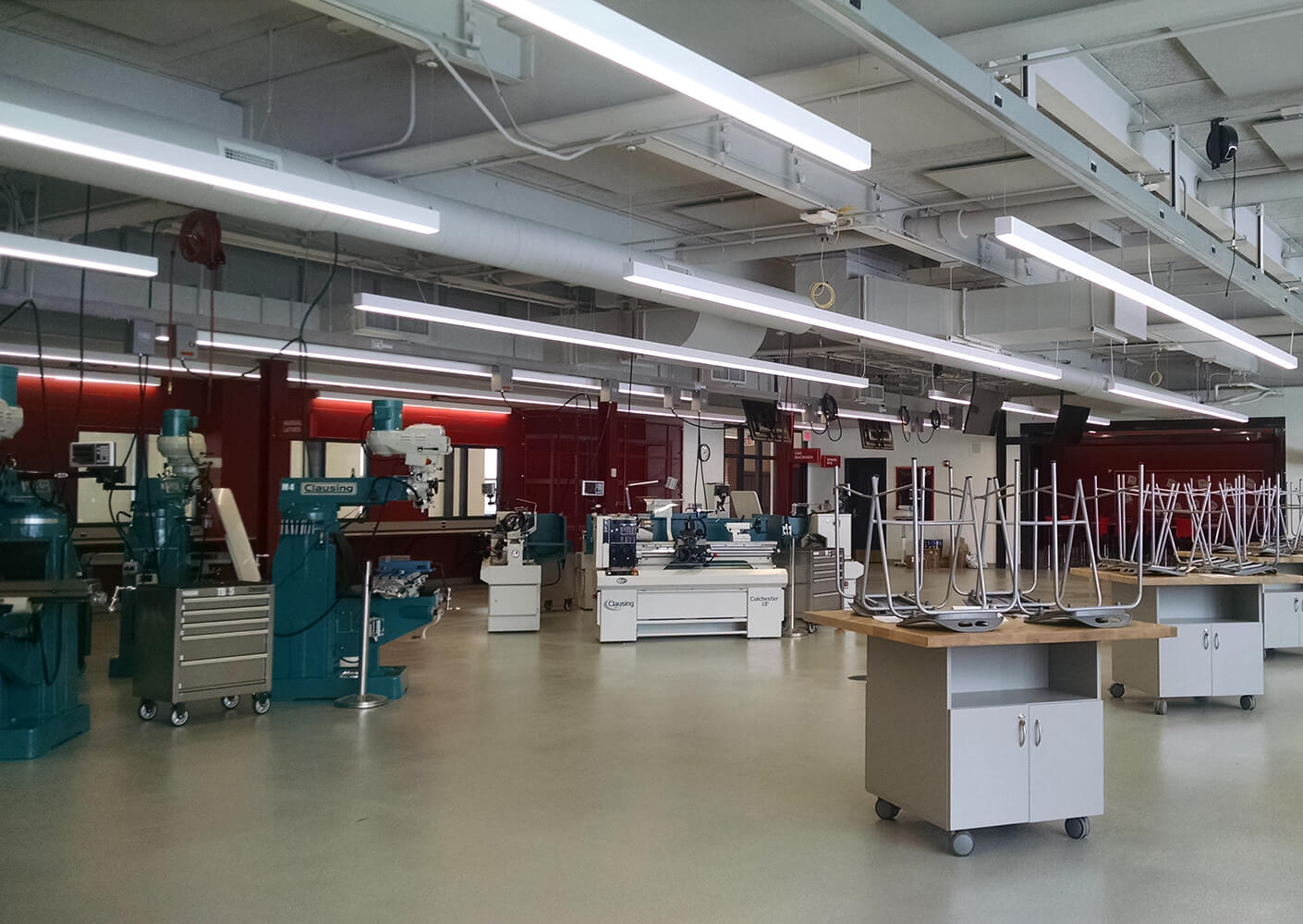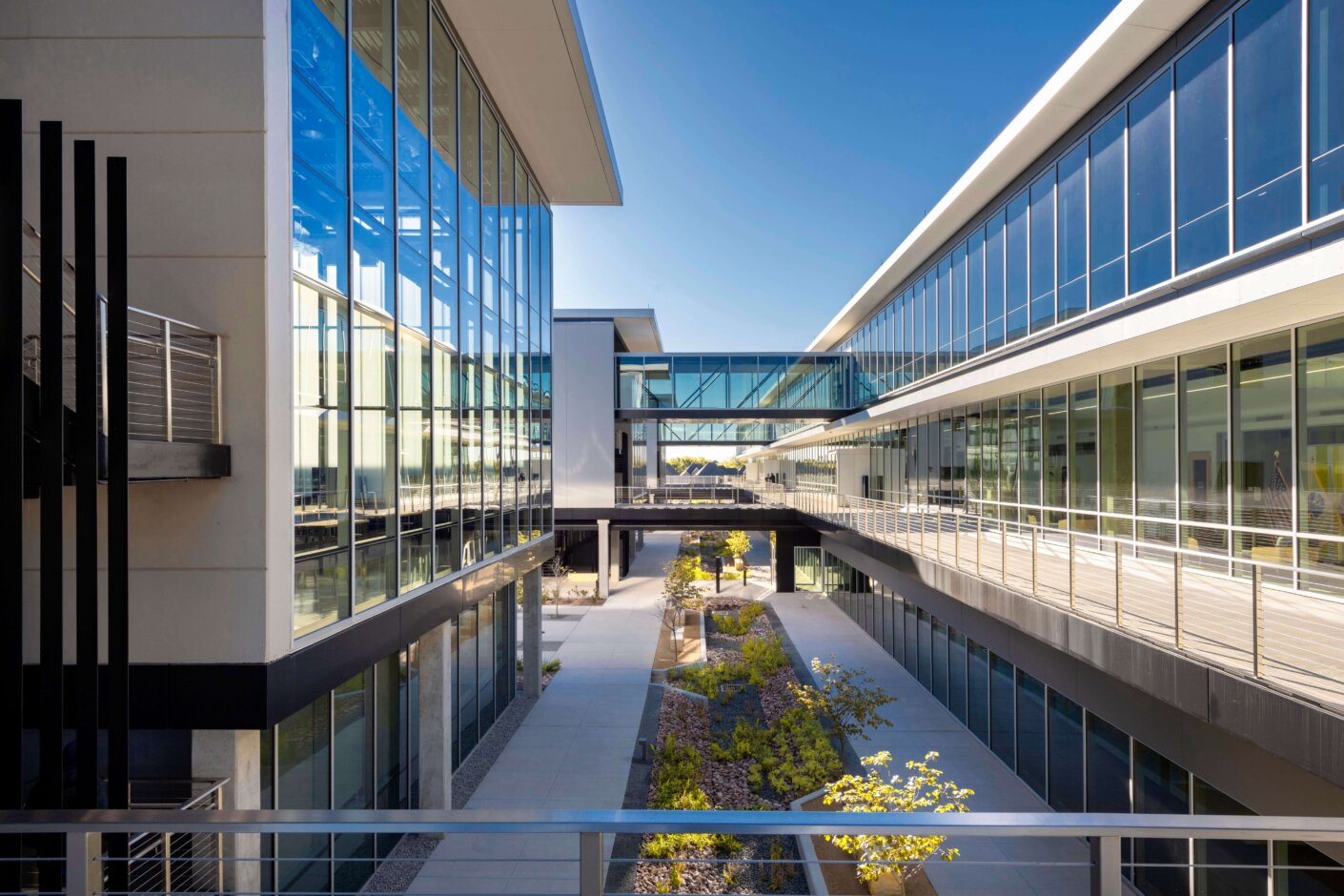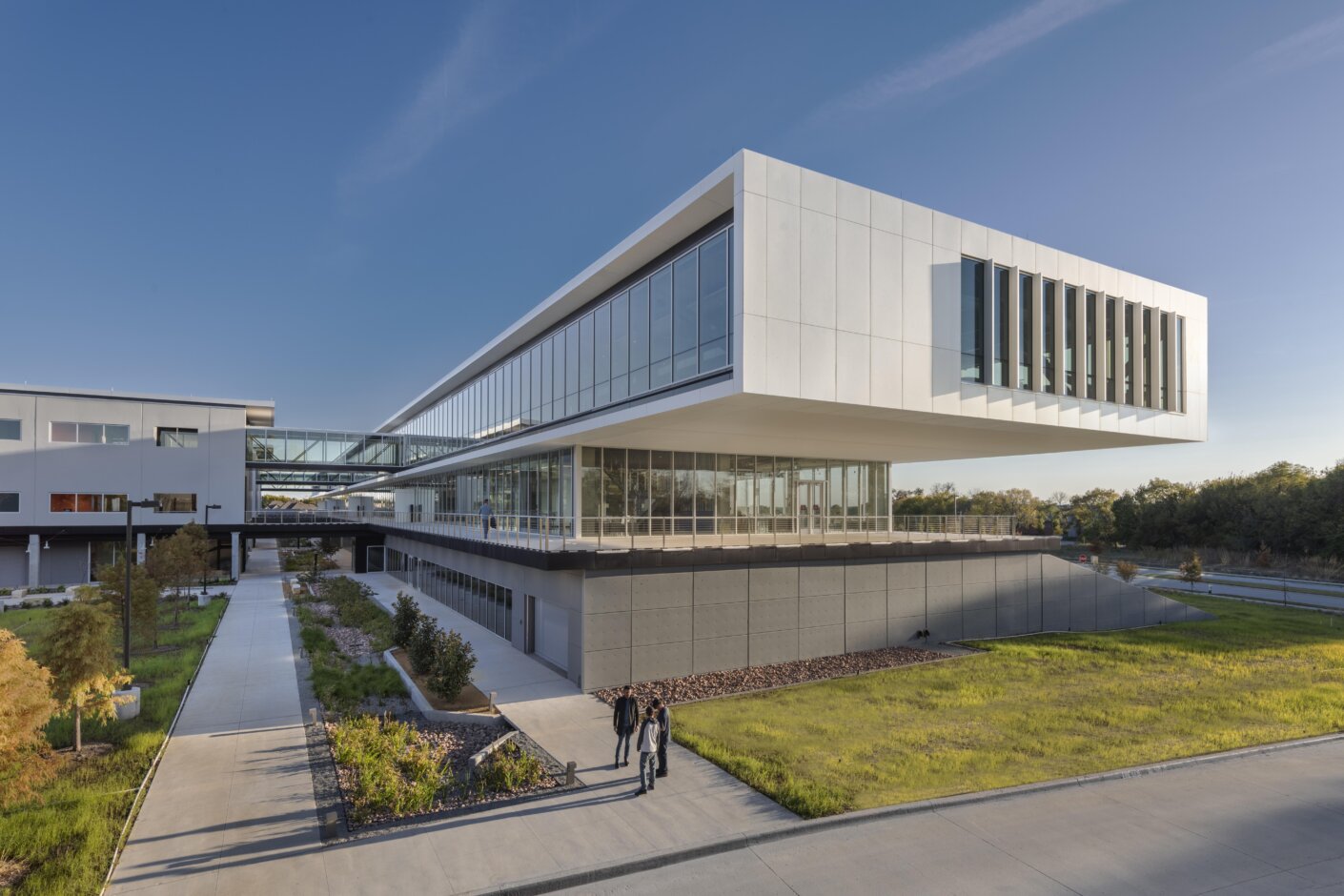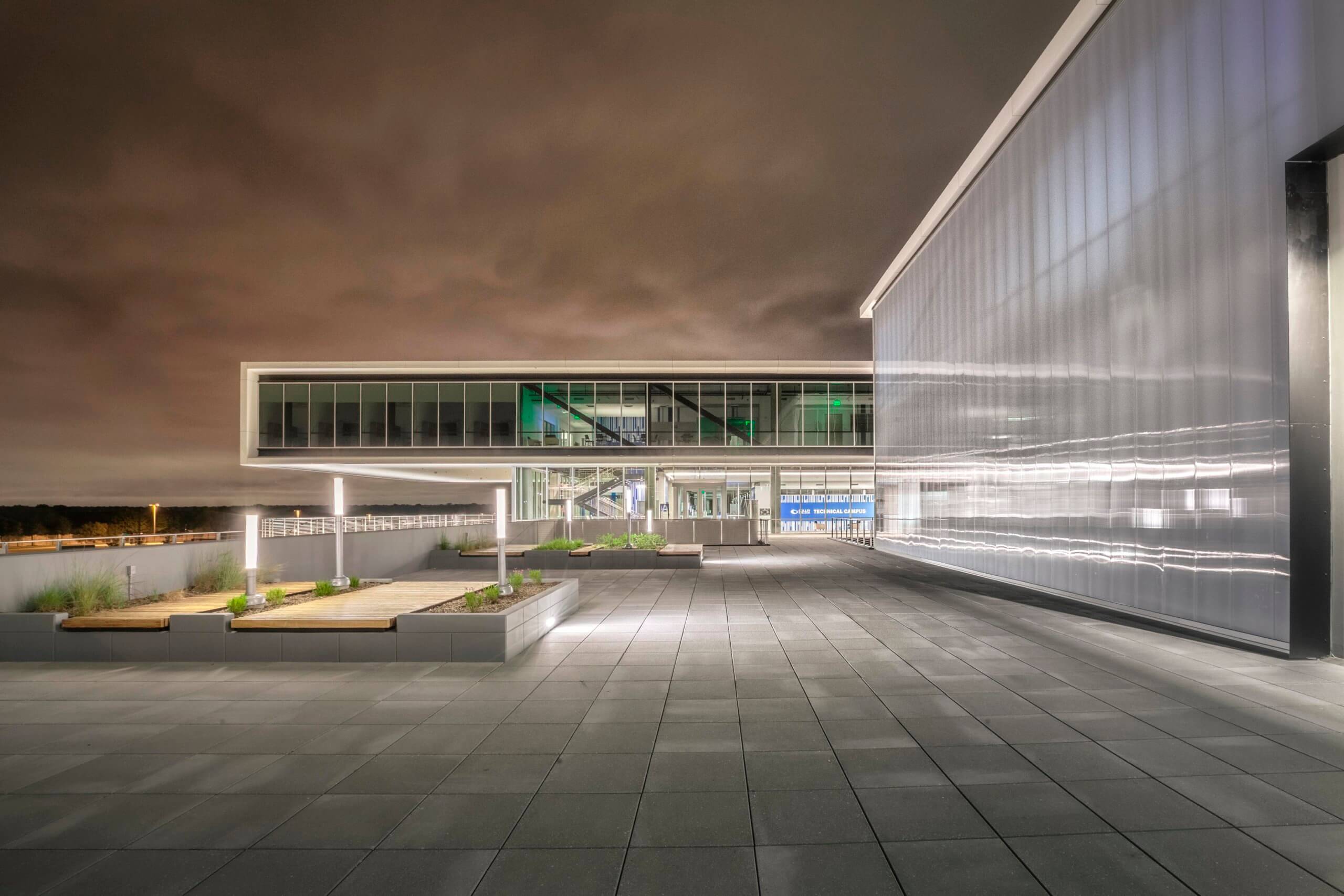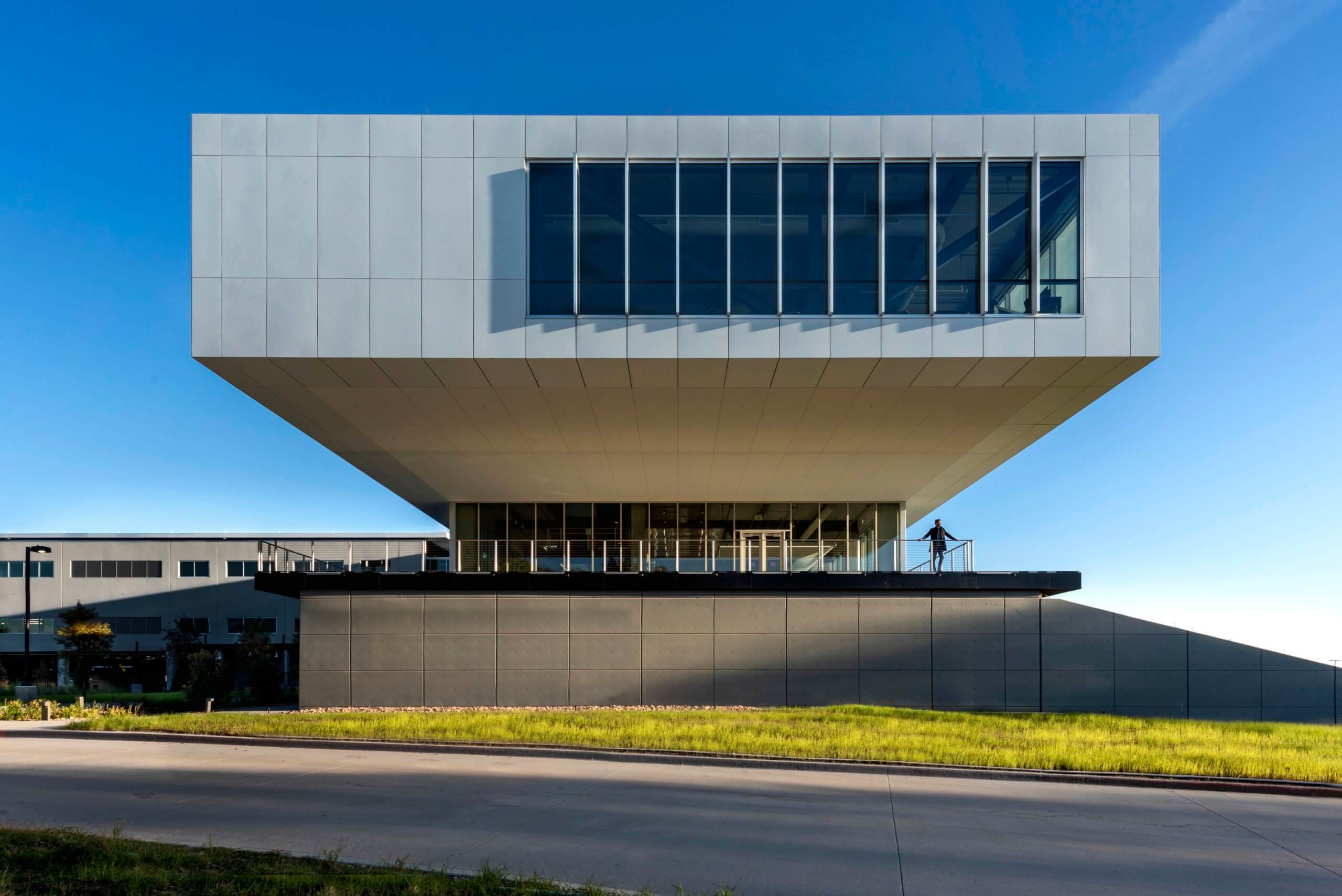As disruptions to the global supply chain continue to volatilize world economies, the U.S. is taking steps to bolster its own economic resilience. A June 2021 report by The White House, “Building Resilient Supply Chains, Revitalizing American Manufacturing, And Fostering Broad-Based Growth,” outlines recommendations for strengthening U.S. domestic manufacturing capabilities and supply chains in key sectors. The report also recommends that the U.S. create “an ecosystem of producers and innovators including (small and mid-size enterprises) and skilled workers” supported by “pathways to quality jobs… through sector-based community college partnerships, apprenticeships and on-the-job training.”
Indeed, community colleges and even high schools have a role to play in ensuring the nation’s economic resilience. Increasingly, academic institutions are investing in thoughtful design to facilitate the unique, hands-on education they provide students. Well-designed learning environments are critical to building tomorrow’s skilled labor workforce. Read on to learn about a few standout K-12 and higher education trade schools around the country.
